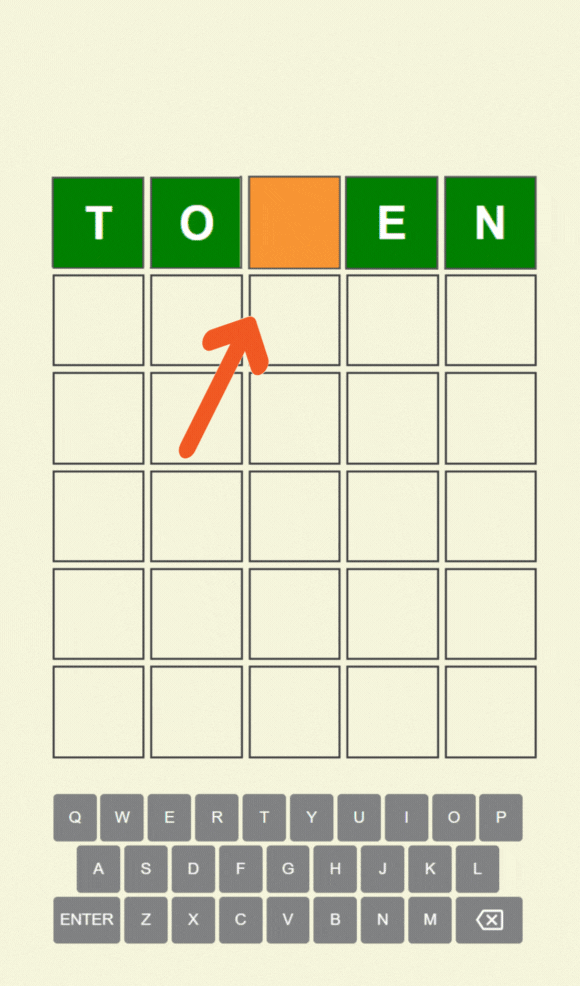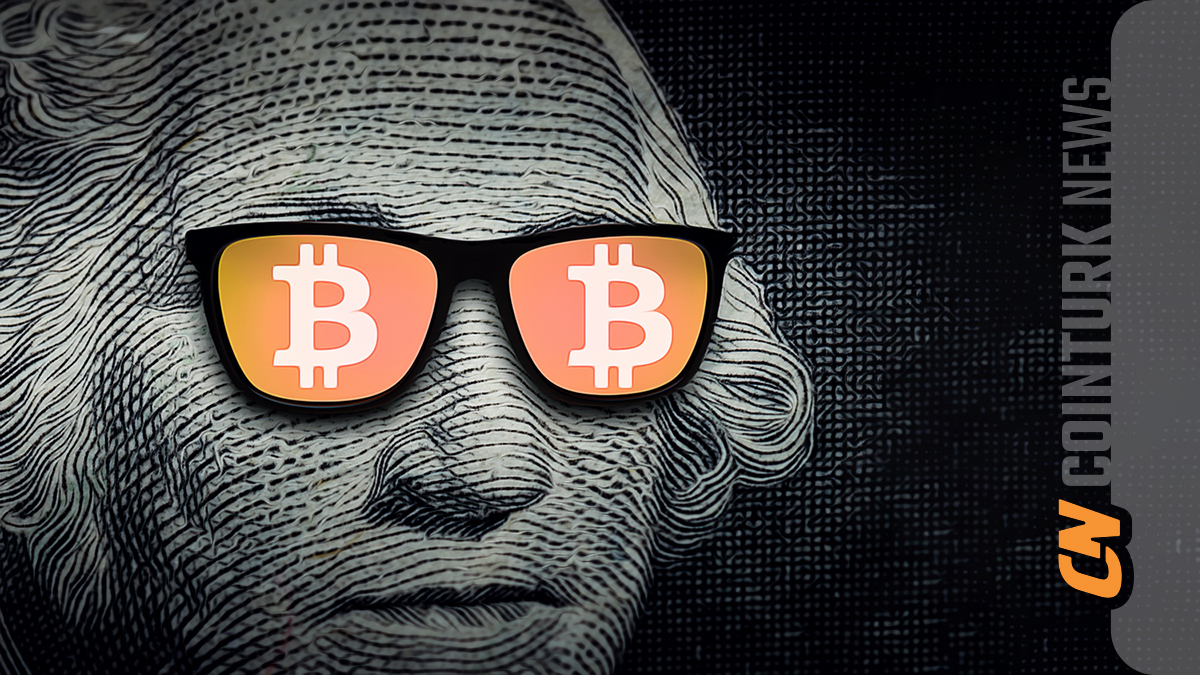Ripple’s long legal battle heralded the rebirth of XRP after a dispute with the U.S. Securities and Exchange Commission (SEC). According to crypto analysis firm Kaiko, demand for XRP on cryptocurrency exchanges is rapidly increasing. During this process, XRP’s volume in U.S. markets has returned to pre-SEC lawsuit levels.
XRP’s Legal Battle and Gains
Last year, a significant court ruling in which Ripple Labs achieved a partial victory against the SEC significantly increased XRP demand. The ruling determined that XRP sold on exchanges should not be considered a security. Following this decision, the share of U.S. platforms in global XRP volume rose from 2% to 14%, reaching pre-lawsuit levels.
Kaiko noted that the interest of traders and investors, which could not trade XRP on major exchanges during the lawsuit, surged after the ruling. The court stated that Ripple’s XRP sales through exchanges were not security transactions. Following this decision, many U.S. exchanges like Coinbase and Gemini relisted XRP, meeting the demands of investors and traders.
Significant Price Fluctuations Amid Speculations
According to Kaiko’s data, XRP’s price increases in July outpaced Bitcoin’s (BTC) rise. XRP increased by 35%, while BTC recorded a 9% increase. This rise was due to speculations regarding the SEC’s amendment of the Binance complaint and a planned closed-door meeting on August 1. However, the cancellation of the meeting led to a drop in prices.

At the time of writing, XRP’s value was at $0.49. This level showed an 18% decrease over the past week. During the same period, BTC fell by 19% to 55,688. Ripple’s ongoing legal battle with the SEC continues to increase XRP’s volatility.
This legal victory for Ripple marked a significant milestone not only for the company but for the entire cryptocurrency world. The resurgence of XRP is a promising sign for the future of Blockchain technology and cryptocurrencies. However, as I always mention, the biggest obstacle for XRP is the approximately 44 billion XRP held by Ripple. This situation stands as the biggest barrier to price increases.


 Türkçe
Türkçe Español
Español









